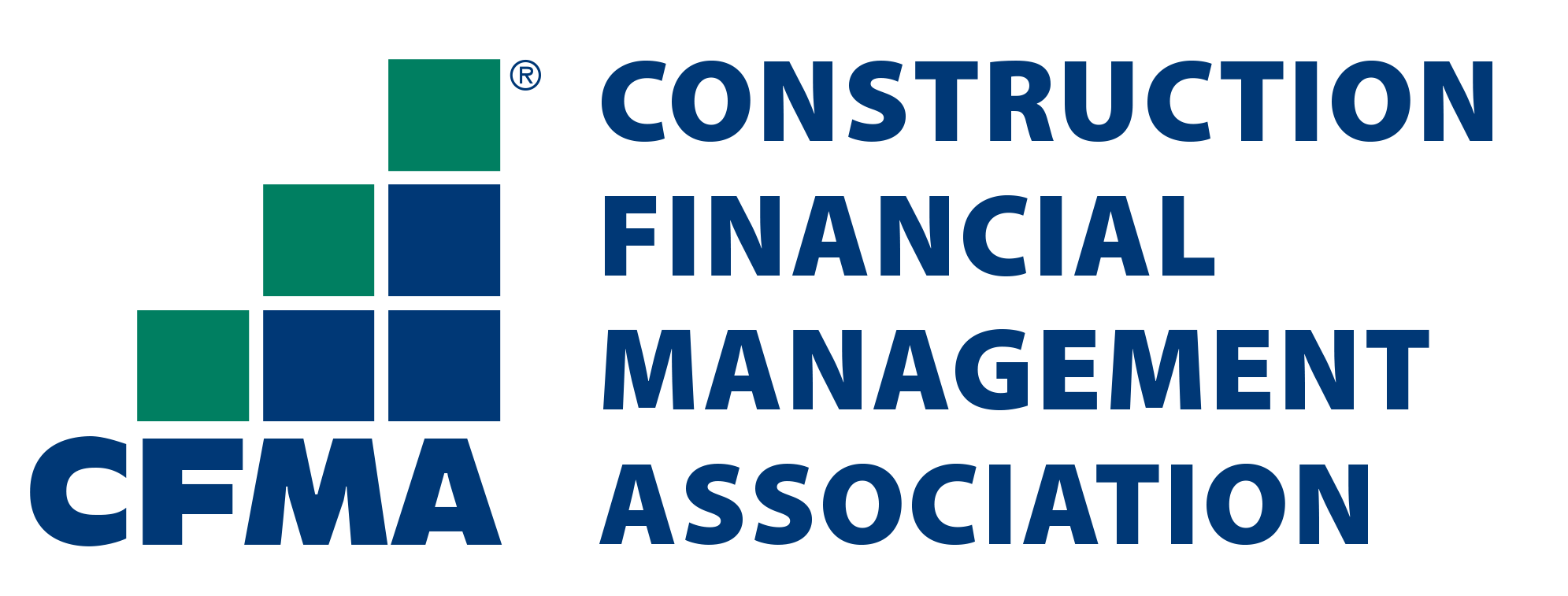
Understanding and Reporting on Multifamily Budget Variances
- April 13, 2023
- OHI

A multifamily budget variance occurs when there is a difference between the actual expenses, revenue of a property, and the budgeted amounts. Analyzing multifamily budget variances helps the leadership and management understand what transpired, why it happened, and what could be corrected to mitigate similar concerns in the future.
These variances can be positive or negative, thus affecting the property’s net profitability. Some of the most common reasons behind such budget variances include-
That’s why we must emphasize variance analysis approaches to analyze and understand these variances since they provide valuable insight into a property’s financial health. This data and information hold more value when making prospective financial decisions or forecasting the performance of a property.
Hence, by identifying and analyzing the root causes of these variances, we can develop an action plan to improve future budgets and forecast more accurately.
Now that we have established the definition, causes, and significance of multifamily budget variances, let us explore the different types of multifamily budget variances. There are three principal budget variances:
Such variances emerge when our actual revenue does not meet our budgeted revenue. It could be an outcome of lower-than-expected occupancy rates, lower rental rates, or even uncollectible rents.
These occur when actual expenses contrast with budgeted expenses. It could be because of higher maintenance costs, unexpected repairs, or increased insurance premiums.
These appear when actual capital expenditures are distinct from budgeted expenditures. It could be because of overruns in construction, unexpected higher material costs, or last-minute layout changes. Understanding each type of budget variance is important for accurate reporting and future improvement recommendations.
By keeping track of and analyzing revenue, expense, and capital budget variances through variance analysis, managers of multifamily properties can better understand the property. They can understand how the property is doing financially and take the right steps to fix any budget issues that come up.
Regardless of how much effort accountants devote to financial planning, budget variances are inevitable. However, the data and numbers that pop up contain vital information that could influence the property’s long-term health.
So reporting on budget variances holds immense value. These are the steps involved in this phase-
The first step in reporting on multifamily budget variances is gathering data. It involves gathering all financial information linked to the property.
These include income and expenses from various sources, such as invoices and bank statements. Also, we must ensure that all data is accurate and updated to avoid misleading reports.
The next step is analysis. It involves matching the actual finances with the budgeted amount to identify disparities. As we discussed earlier, some variances may be either positive or negative.
Typically, positive variances occur as a result of increased revenue or decreased expenses, while negative variances could indicate overspending or loss of revenue.
After identifying the variances, the next step is action planning. This step involves creating a plan to address any negative variances and maintain positive variances. It generally implies cutting down expenses or increasing revenue streams to meet the budgeted amount. Involve all stakeholders in this process to ensure everyone is on the same page.
While reporting multifamily budget variances could be daunting, proper planning and execution based on variance analysis can significantly improve the property’s financial performance. Ultimately, gathering accurate data, analyzing it, and taking appropriate action to address any variances can help property owners make informed financial decisions and maintain profitability.
When it comes to reporting on multifamily budget variances, there are a few common challenges, like gathering accurate and reliable data. Inaccurate data results in erroneous assessments of budget variances, impacting our action plans adversely.
Another challenge is data analysis which can be time-intensive. Therefore, we need to invest in the right tools and professionals for precise and actionable data analysis.
Here are some best practices to follow for accurate reporting and planning on multifamily budget variances-
Multifamily budget variances occur every now and then in the real estate industry. Thus we need to be thorough with them on every front to accurately report and analyze the financial data associated with the properties.
Remember, gathering and analyzing data is an essential process in improving multifamily budget performance. So, by identifying challenges, implementing best practices, and data-backed action planning, we can mitigate budget variances and improve the property’s overall financial health.
OHI is a sixteen-year-old real estate services company working with 100+ commercial and residential real estate developers, funds and property management companies across USA. Our deep expertise in real estate accounting, financial analysis, lease administration and asset management has helped clients cut associated costs by 40-50%. We currently provide these services to a portfolio of 150,000 units across clients.
We invite you to experience finance and accounting outsourcing through us.
Low Cost Asset Management Services: Property & Portfolio Level Dashboards | Cash Flow Projections | Asset Level Budgets | Financial Analysis and More – VIEW HERE
Contact us for a customized NO OBLIGATION proposal for outsourcing your accounting activities.









